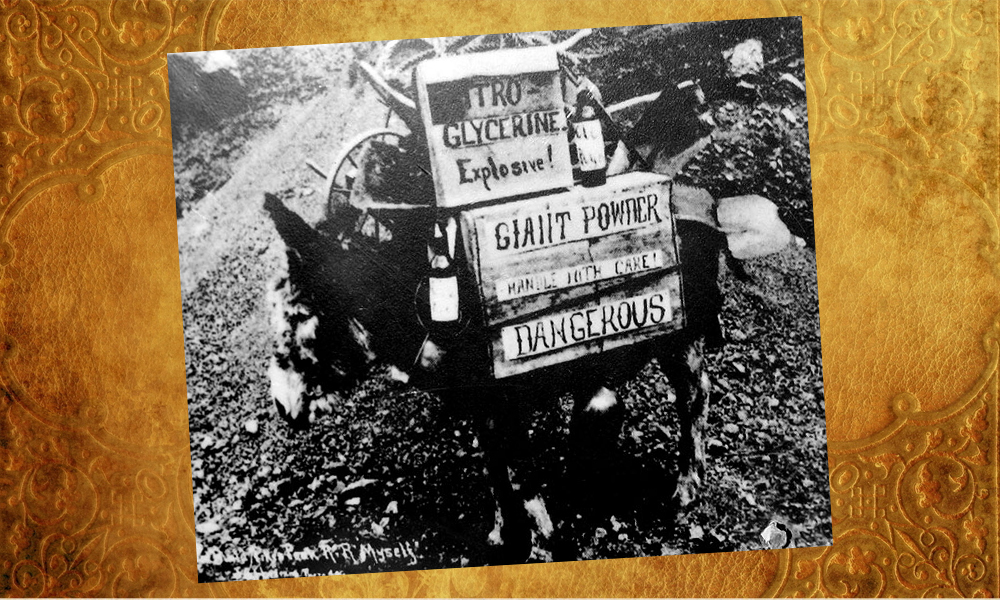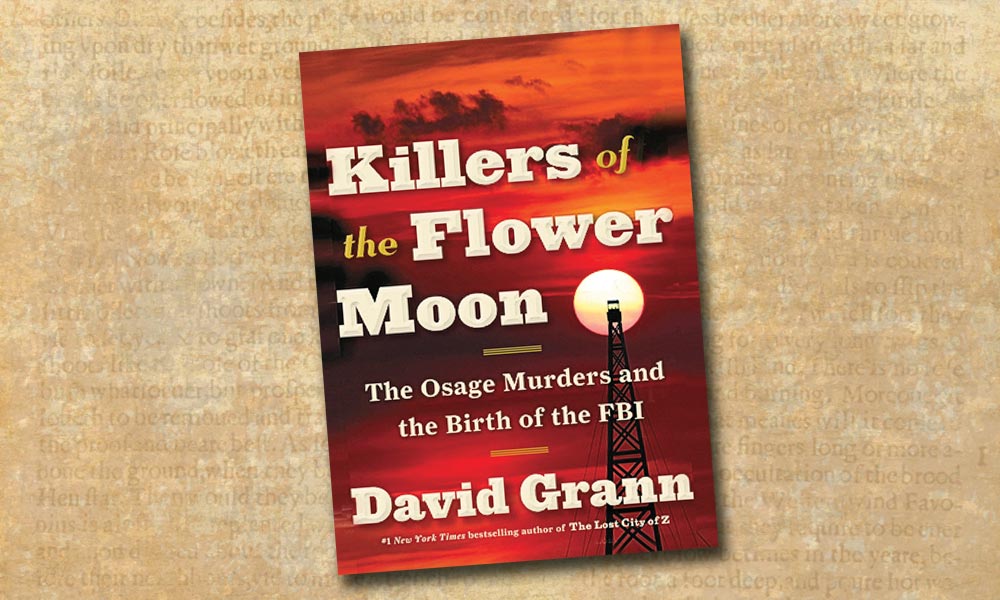On April 16th, 1866 a massive explosion rocked the San Francisco Wells Fargo office and surrounding buildings. According to the Placer Herald based in Auburn at the time, “every window…was shattered [for] a distance of half a mile.” At first, many thought it was due to an unstable barrel of acid or possibly the boiler exploding in the Assay Office. After further investigation the true culprit was revealed: Nobel’s Blasting Oil.
Even though nitroglycerin was invented by Ascanio Sobrero in 1846, it was Albert Nobel who designed a blasting cap for the explosive, making it almost safe. It was the “almost” part that the Wells Fargo & Co. office experienced firsthand.
It’s actually amazing the explosion didn’t happen sooner. The nitroglycerin had been shipped by steamer as normal merchandise. When it arrived on the docks, it was found to be leaking and transported to the Wells Fargo office with the rest of the unclaimed freight. There it sat until a Mr. Havens and other clerks from the Pacific Mail Steamship Company arrived to investigate the damaged goods. The last these men were seen alive was standing around the crate, crowbars in hand.
I think you can guess what happened next.
Reportedly the force of the explosion was such that in addition to destroying everything within fifty feet, a whole human brain was found in the auction room of Cobb and Stinton one block from the blast. In addition to this, multiple limbs and vertebrae were found shortly after surrounding the blast.
Three weeks later Wells Fargo printed a public notice that it would no longer carry Nitroglycerin on its coach line.
I wonder why.







